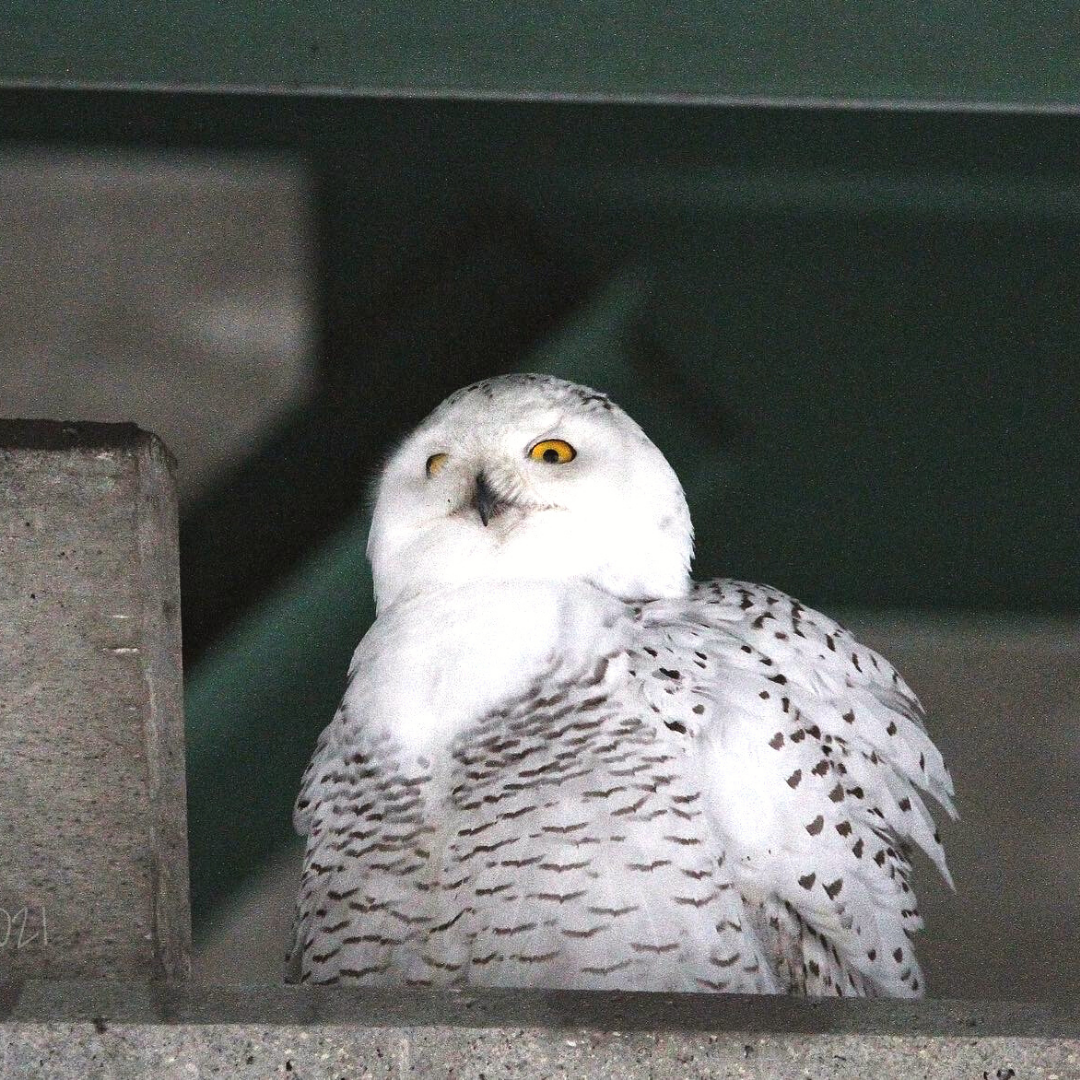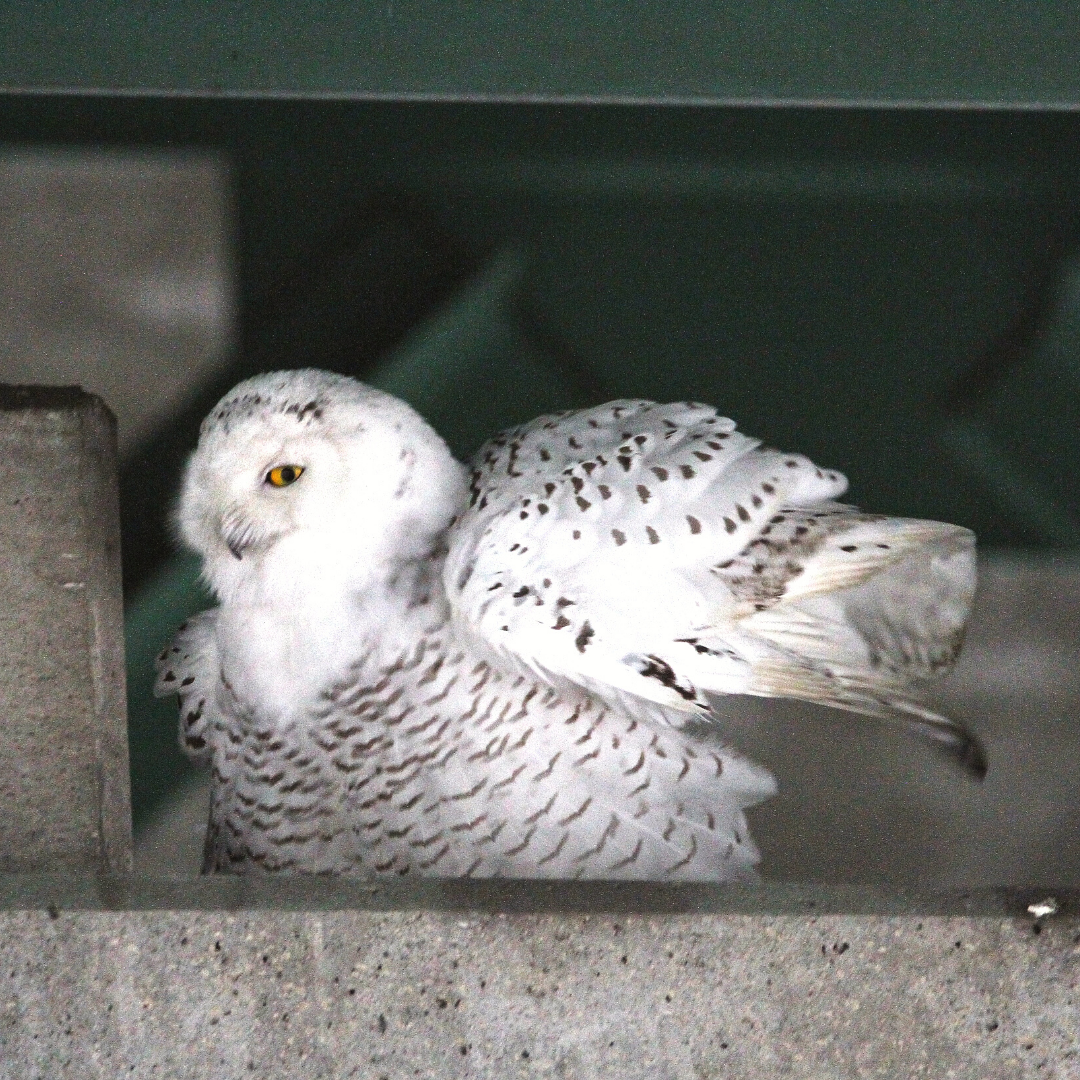Blog
A Snowy Surprise
.png)
by Olivia Bautch. Environmental Interpretation Intern
From birding blogs to the local news, word of a bright-white, arctic stranger has been causing excitement for Cincinnati residents this winter. This surprise visitor is a Snowy Owl, and it is one of many to grace the Tri-state area since December.
Four or more owls in one season is relatively commonplace for a Northwoods winter, but in southern Ohio, an influx of owls is quite unusual. A few conversations and observations confirmed the suspicion that this was indeed another irruption year.
An irruption of birds is the sudden movement of species who winter in one area into another in response to population growth and food availability. Many species of “winter finches”—as well as some nuthatches, jays, and sparrows—behave in this way, traveling in flocks and depleting food sources.

Unlike these finches, Snowy Owls do not move in flocks, and they are not spurred southward in hunger.
In the vast, barren land they call home, snowies (as they are affectionately called) hunt alone. And rather than the voracious ventures of winter finches, new research shows owl irruptions have more to do with the breeding season.
In summers of plenty, mature owls are able to successfully reproduce in greater numbers. Not only are their offspring numerous—but according to the research network Project Snowstorm, they are healthy as well.
These able first-year birds tend to fly further south for winter. The particulars of this phenomenon are still a bit blurry, and it continues to be studied with much enthusiasm.

In the lower 48, Snowy Owls are frequently seen in similar landscapes to their familiar Arctic tundra. Farm fields, lakeshores… any open landscape with high perches.
However, they are also found in cities. Irruption mortality for these owls is mostly due to the disorientation and complications of highly-populated landscapes. A young bird who knows nothing but barren tundra would undoubtedly be disrupted by lights, sounds, and vehicle movement, and may ingest unusual toxins found in urban environments.
The outlook is brighter for our Cincinnati owl; however, as dedicated birders have observed it continuing healthy behaviors such as hunting and flight.
.png)
Will there be more sightings of snowies this winter? Although late in the season, irruptive rarities are unpredictable.
Should we chase every bird that shows up? It depends. I believe that sighting a majestic Snowy Owl is not inherently wrong, and it can create a memory to last a lifetime. Just give them space, keep a low profile, and do not disturb. Irruptions occur every three to five years, so you never know when we might see our next snowy surprise.